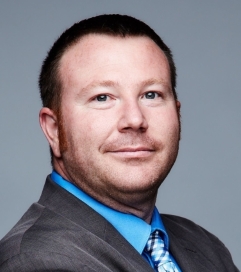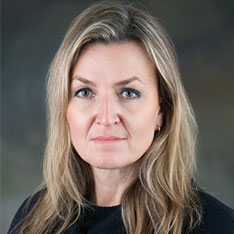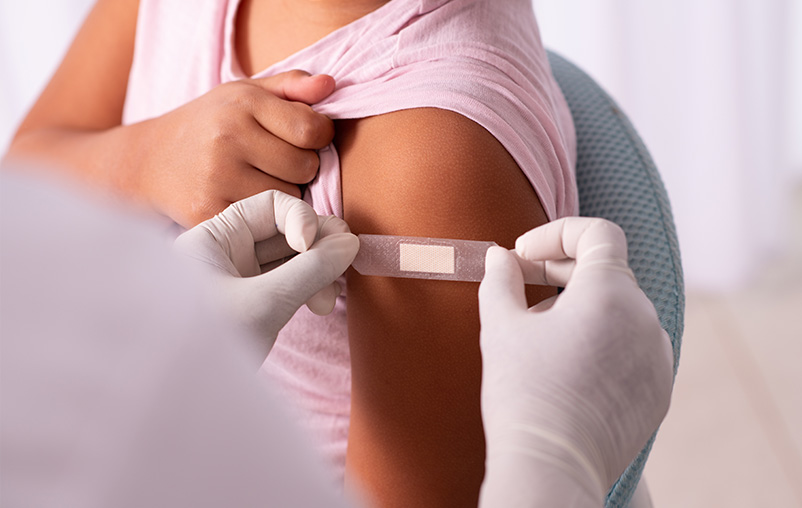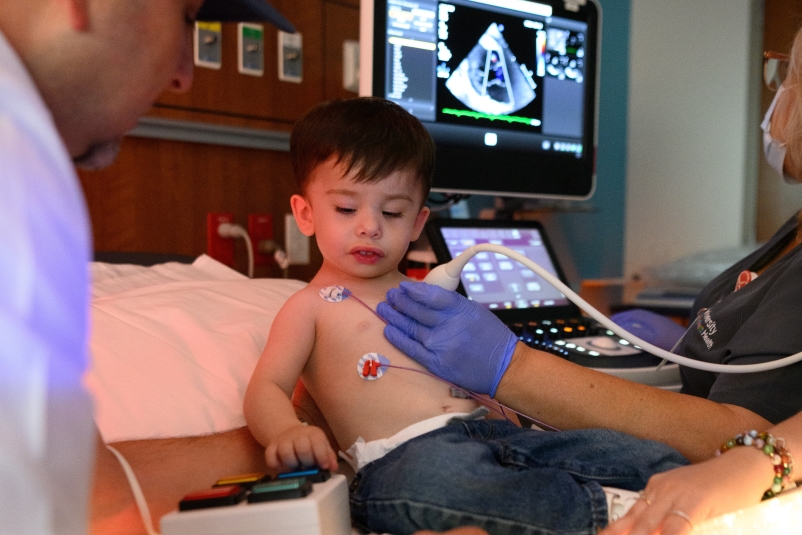When a baby is born, their skull is soft and flexible to allow room for their brain to grow. There are spaces between the skull bones called sutures which are filled with flexible material. Usually, the skull bones don’t close until after the brain is fully formed, around age 2.
What Is Craniosynostosis?
But sometimes, those bones fuse too soon. If this happens, a baby’s head stops growing in that portion of the skull. Other parts of the skull continue to grow as the brain develops, which can lead to an abnormally shaped head. This is a condition called craniosynostosis.
One treatment for craniosynostosis is cranial vault remodeling, also called cranial vault reconstruction. During this procedure, the skull bones are removed and reshaped to allow the brain to grow normally and the skull to develop in a more natural shape.
Surgical Techniques and Procedures
When young children are diagnosed with craniosynostosis, there are several approaches to surgically treating the condition.
Two open surgical procedures are:
- Calvarial vault remodeling: the misshapen bones of the skull are removed and reshaped
- Fronto-orbital advancement: the forehead and eyebrow region are reshaped and moved to allow for brain growth
Types of Craniosynostosis
The type of procedure your child may need will depend on the type of craniosynostosis he or she has:
- Children with coronal craniosynostosis, which affects the sutures running from each ear to the top of the head, or metopic craniosynostosis, which involves the suture from the baby’s nose to the top of the head, usually need both procedures, performed in a single surgery.
- Children with sagittal craniosynostosis, which involves the suture along the top of the head from front to back, or lambdoid craniosynostosis, which affects the suture along the back of the head, may require only calvarial vault remodeling.
In some cases, a minimally invasive procedure, such as a strip craniectomy or cranial distraction, may be an option. These procedures are typically paired with the wearing of a custom-made helmet (cranial orthosis) for up to one year after surgery.
Indications for Surgery
Craniosynostosis is usually diagnosed soon after birth based on a misshapen skull and sometimes the lack of a soft spot on the skull. To confirm a diagnosis, your child’s medical providers will perform a physical exam and use specialized imaging tests to visualize the skull, such as a low radiation CT scan.
At University Health, we use these advanced imaging technologies to visualize a baby’s skull in 3D, allowing us to diagnose the condition and plan for treatment.
Craniosynostosis requires surgery to decrease the risk for pressure on the brain and allow the brain and skull to develop normally. However, there are some head shape abnormality conditions where only positioning or helmet therapy would be required.
Risks and Complications
While there are risks involved with any type of surgical procedure, cranial vault remodeling is a complex but safe procedure. In some cases, children may require blood transfusions during the procedure or immediately after it.
Complications are rare, but may include:
- Postoperative hyperthermia
- Infection
- Tears in the dura (the sac surrounding the spine and nerves)
- Seizures
- Electrolyte imbalance
- Raised intracranial pressure
Every member of the cleft and craniofacial team is specially trained to identify and quickly treat any complications that may occur.
Major complications are rare. The two main complications are infection and need for blood transfusion. The risk of infection is decreased by the use of antibiotics while in hospital. The blood transfusion is used for safety purposes. There is an opportunity to donate blood for your child. Please ask your provider for details if you would like to do so.
Outcomes of craniosynostosis surgery are usually positive, though follow-up surgical procedures may be needed at a later time. According to the National Craniofacial Association, only 10% of children require a second surgery.
Post-Surgery Expectations
Following the procedure, which takes several hours to complete, your child will be carefully monitored, beginning in an intensive care setting. After two to four days, your child will be discharged home.
At that time, you’ll be given guidelines for caring for your child as he or she recovers. It’s important to note that swelling is normal following cranial vault remodeling and is most notable in the first week.
Children do very well during this time. Your child’s discomfort will be controlled while in the hospital and you will also be advised about how to alleviate your child’s pain once they return home by using pain medications.
Follow-Up Appointments
During a follow-up appointment with our team in the weeks after surgery, your child’s surgical site will be monitored to ensure they’re healing properly. Your child will be periodically evaluated in the first year, and then once per year until the age of 5 to ensure they have adequate growth and healing. Additionally, they will be monitored by an eye doctor (ophthalmologist).
Within a year to a year and a half after cranial vault remodeling, the resorbable materials used during surgery will be dissolved into air and water by the body.
Cranial Vault Remodeling at University Health
Learn more about the cleft and craniofacial team at University Health in San Antonio. We are recognized by the American Cleft Palate Craniofacial Association as an accredited multidisciplinary team.






